Are you sure you've chosen the right fender?
- 2017 May, 31
- /
- Guides and advices
What fenders to choose, how to position them in a boat, how to make them last longer. Strengths and weaknesses of the most popular models on the market: cylindrical and flat, and a solution that works for everyone.
Deciding the right size, the number and trying to spend as little as possible: this is, at most, what we do when it's time to choosing fenders for our boat. But this topic must be looked at in greater depth. First of all, with a deepening research, a huge market will open in front of you. Let's start with some general considerations and tips: since the offer is wide and varied, the chosen model will depend a lot on your navigation habits and your ability to keep these precious but bulky protections on board. For a boat of 12 meters, seven fenders will be enough. Three for walls, plus one ready for use in case of emergency. If you usually hang around very crowded ports you may need some extra protection: traditional fenders or corner fenders to take bow or stern hits.
CYLINDRICAL FENDERS
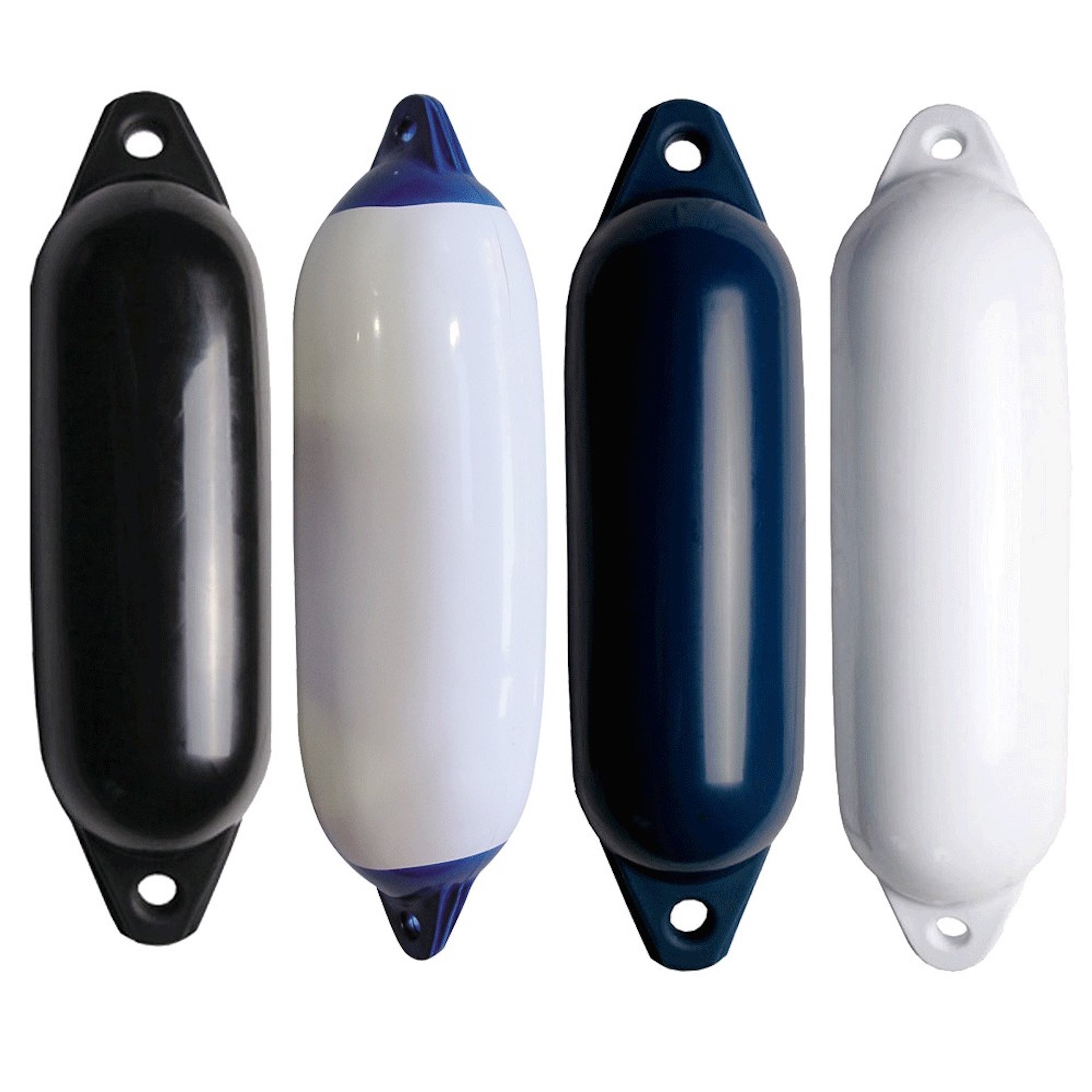
The cylindrical fenders (or spherical fenders, used mainly on large boats due to their larger size) are the most widely used on the market: that's why they cost less. Typically, the cylindrical fenders are made of PVC and have eyelets at the ends to pass the roopes (the inflation valve is placed at the top). The fender can be made in one piece, or having the heads printed separately (this solution is a little bit expensive). Their main feature is that they can roll along the sideboard. This is an advantage in mooring or troubled approaching, which will allow the boat to stand without inconvenience along a jetty or side by side with another boat.
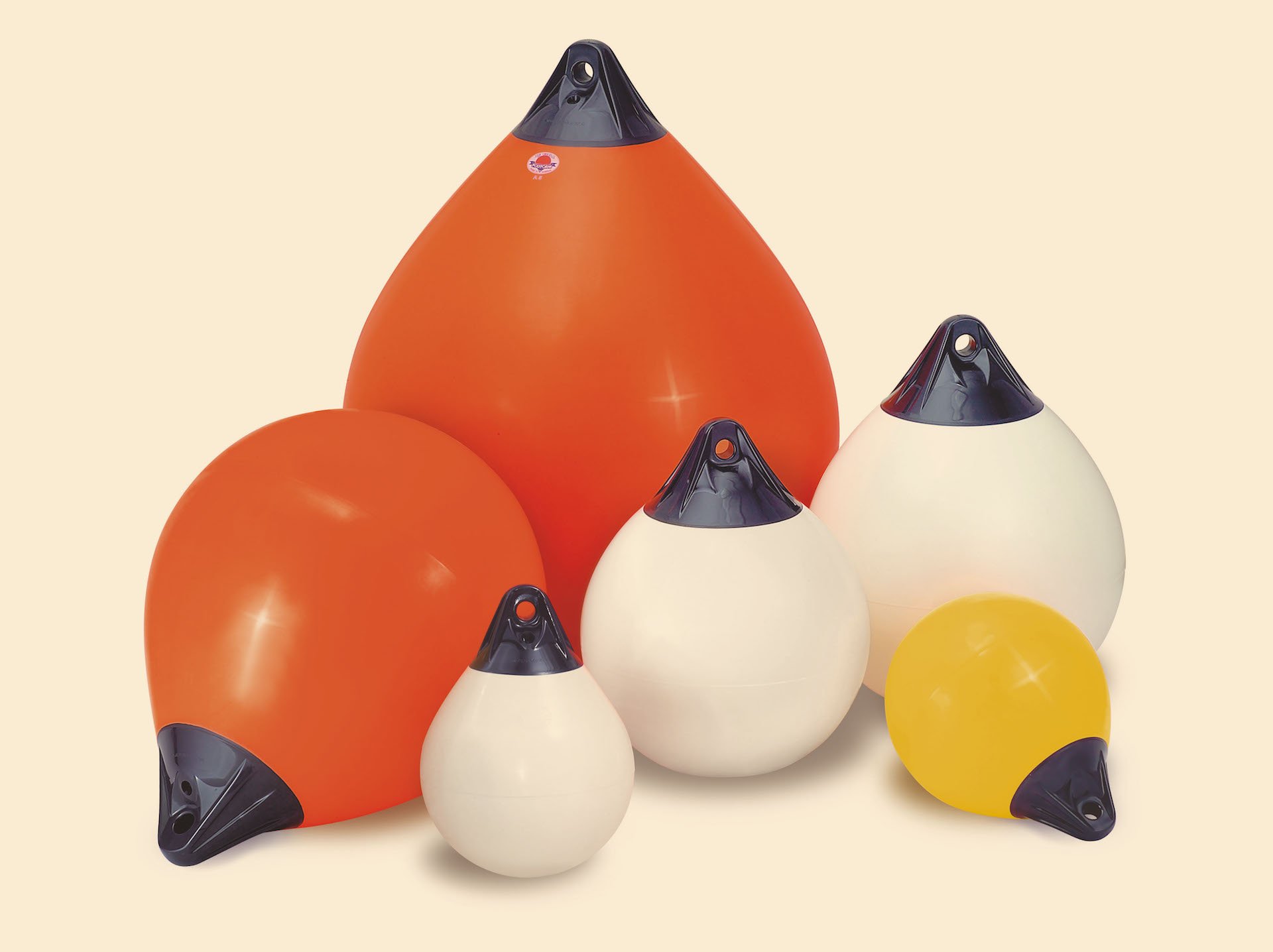
It should be said, however, that this ability to roll and swing along the wall is weakness when it comes to protecting a moored boat for several weeks. Rolling all the time, the fender can easily move upwards. And if the line is not well adjusted, you will be annoyed by a squeak. In addition, in case of fluctuation of temperature and pressure they can deflate, deform and decrease their effectiveness. Low resistant to UV rays, this kind of fenders can discolour over the time and leave color residues on boats: they need fender covers. Last but not least, we can not omit the difficulty of storage.
FLAT FENDERS
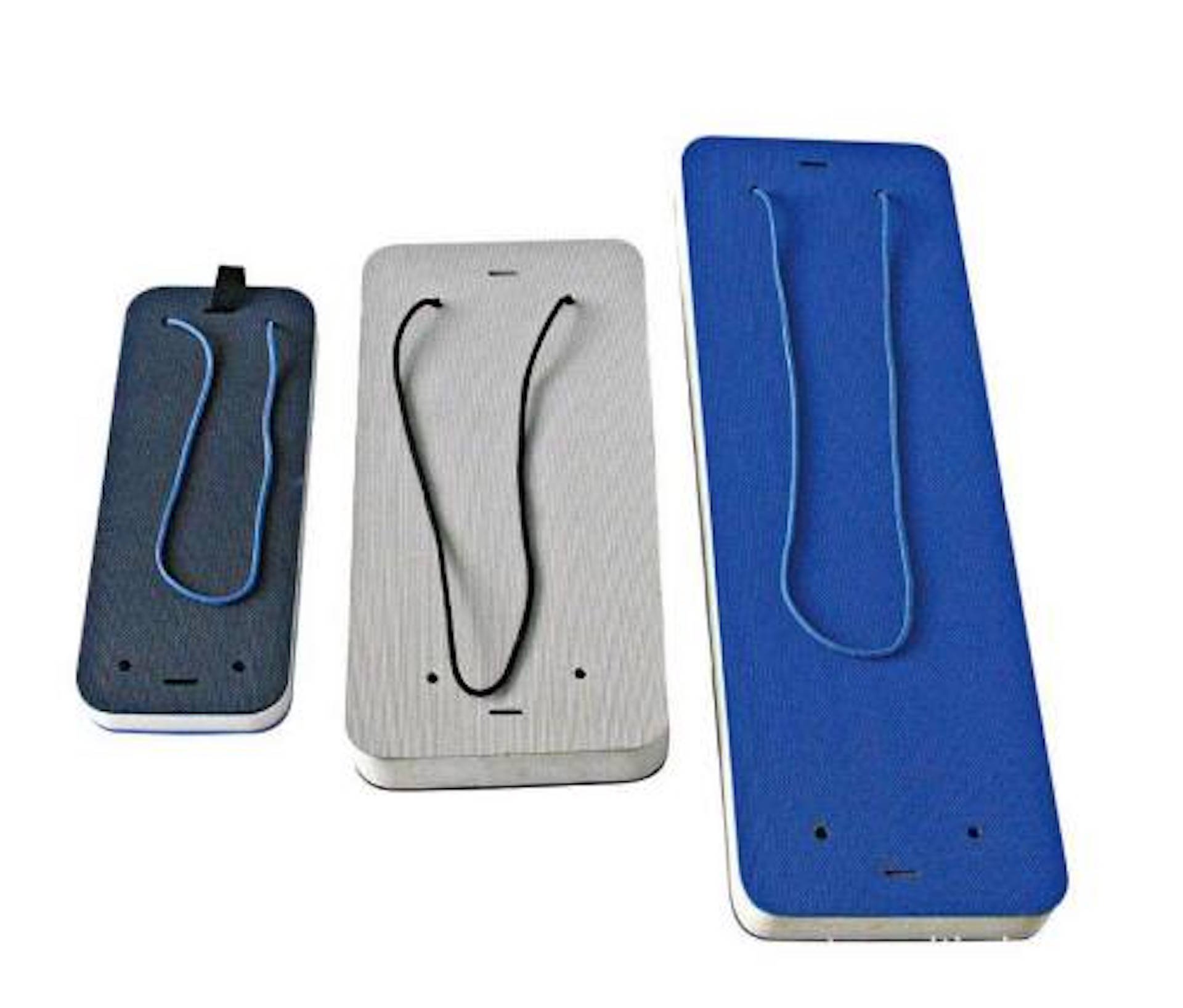
Developed ten years ago for high-speed racing boats, flat and rectangular fenders have made their entry into the cruise boats market quite recently. A foam block is enclosed in a case with solid belts on the four corners. A flat fender has the advantage of staying still along the hull, reducing the risk that the protection will not be in place while needing. Also, it is not subject to temperature variations, so there is no risk of deformation in case of excessive heat. In addition, their size allows considerable gains in space in the lockers, but also in the harbors.
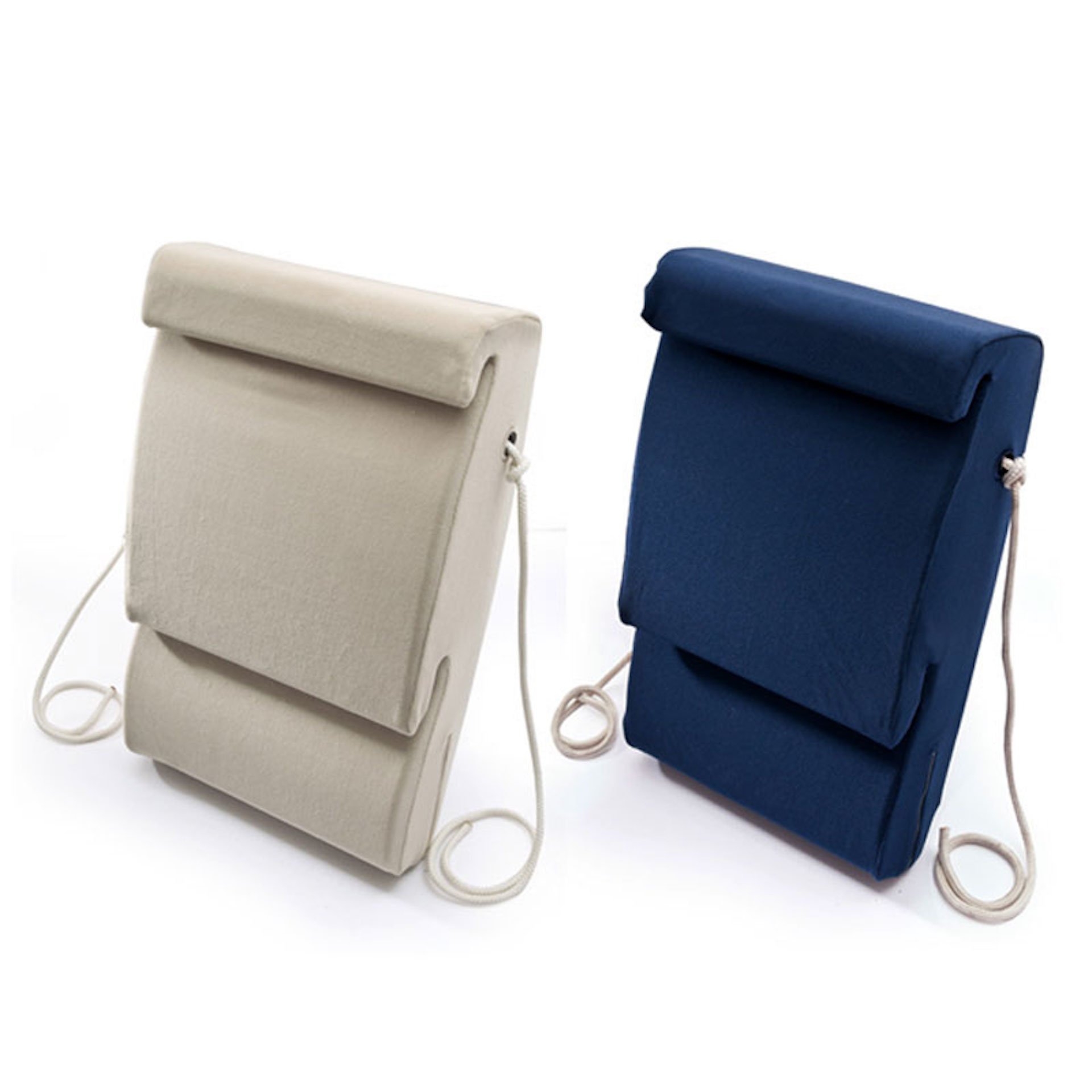
It seems to be perfect, but also the flat fender has its faults. Bypassing its price, higher than the traditional cylinders, the fenders cannot rotate along the hull, so the face that touches the gelcoat must be covered with a soft fabric to avoid ruining it ( a cover, or a protective sock). In addition, it's not fastened to the hull and is lightweight, so it tends to rotate with the wind. The more its size increases, the more this phenomenon becomes more pronounced. All in all, its closed cell foam (designed to prevent any seepage of sea water) has limited elastic performance, and tends to deform over time.
THE INMARE FENDERS: WHAT ARE THEY, WHY CHOOSE THEM
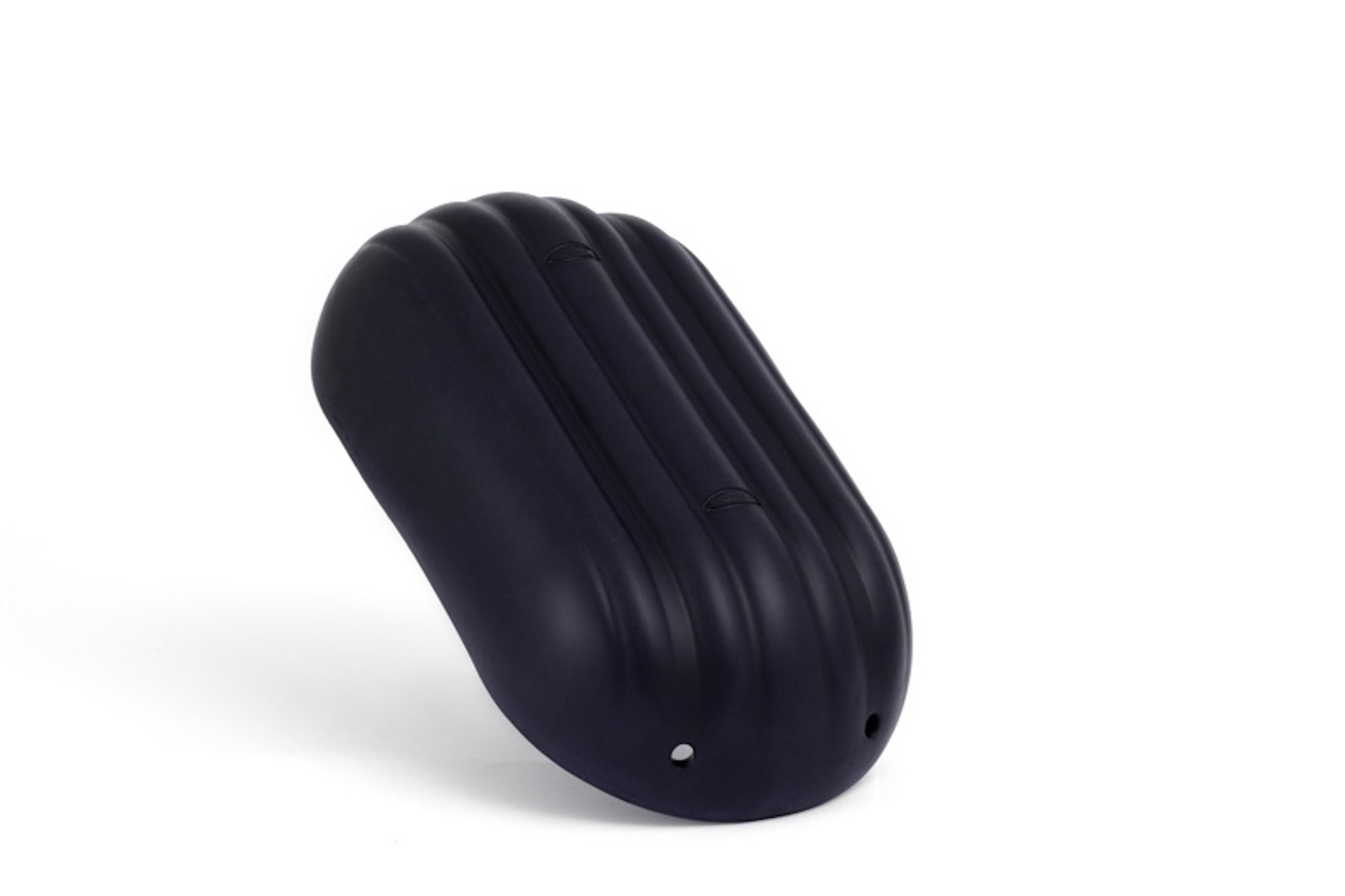 Born from a long experience in listening to the needs of those who love the sea, INMARE fenders combine the best features of the boat protections on the market. Starting from the raw material: a special blend of E.V.A. (Ethylene Vinyl Acetate), which is aesthetically similar to rubber but with good resistance. Three times more flexible than LDPE (low density polyethylene), it shows tensile elongation of 750% and a melting temperature of 96C (205F). Unlike the normal rubber or plastic fenders, therefore, the INMARE fenders are UV-resistant, they do not stain nor scratch the boats: you can safely say goodbye to the protective socks! They also do not deform and do not deteriorate in the marine environment even if left for a long time in water.
Born from a long experience in listening to the needs of those who love the sea, INMARE fenders combine the best features of the boat protections on the market. Starting from the raw material: a special blend of E.V.A. (Ethylene Vinyl Acetate), which is aesthetically similar to rubber but with good resistance. Three times more flexible than LDPE (low density polyethylene), it shows tensile elongation of 750% and a melting temperature of 96C (205F). Unlike the normal rubber or plastic fenders, therefore, the INMARE fenders are UV-resistant, they do not stain nor scratch the boats: you can safely say goodbye to the protective socks! They also do not deform and do not deteriorate in the marine environment even if left for a long time in water.
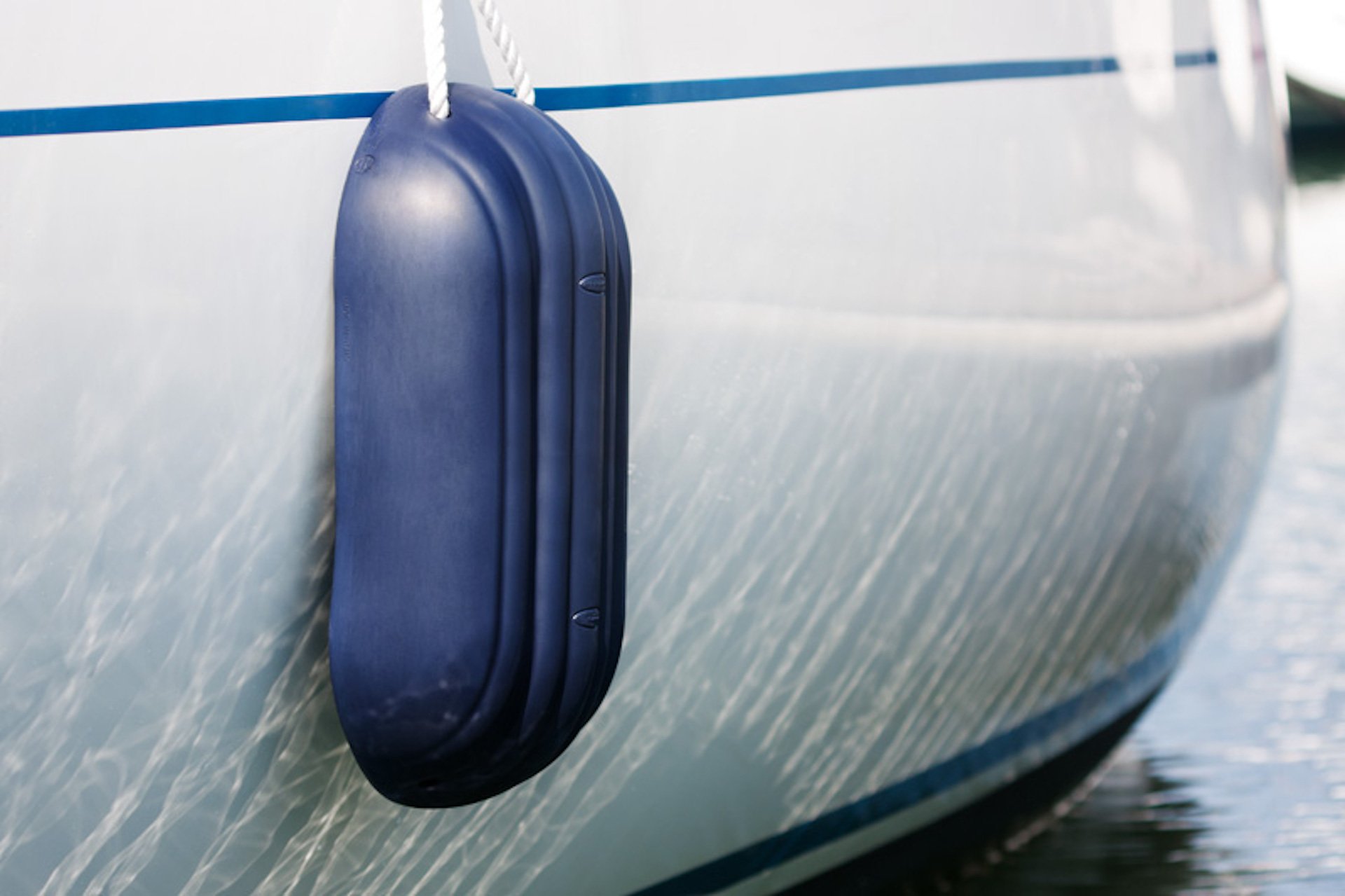
Very tough - there's a thick layer of elastic and resistant E.V.A. instead of only 2 mm of PVC, the INMARE boat protections are the result of the best made in Italy design and production. Flat and "empty" on the back, they adhere perfectly as a "shell" to the hull, ensuring a gradual and progressive absorption of shocks. In this way they maintain the stability in the contact point and do not roll. They are divided into three models designed on their final use: BOW FENDER and BOW FENDER XL for bow protection, STERN FENDER for the stern, and POSEIDONE 2.0 for lateral side protection. The maintenance is simple: you don’t have to inflate them and you can wash them with water. They are easy to assemble and even more easy to store: just stack them to obtain all the space you need. An important feature when departing for the cruise. Customizable with logos and colors, all INMARE fenders are guaranteed 3 years from the date of purchase.
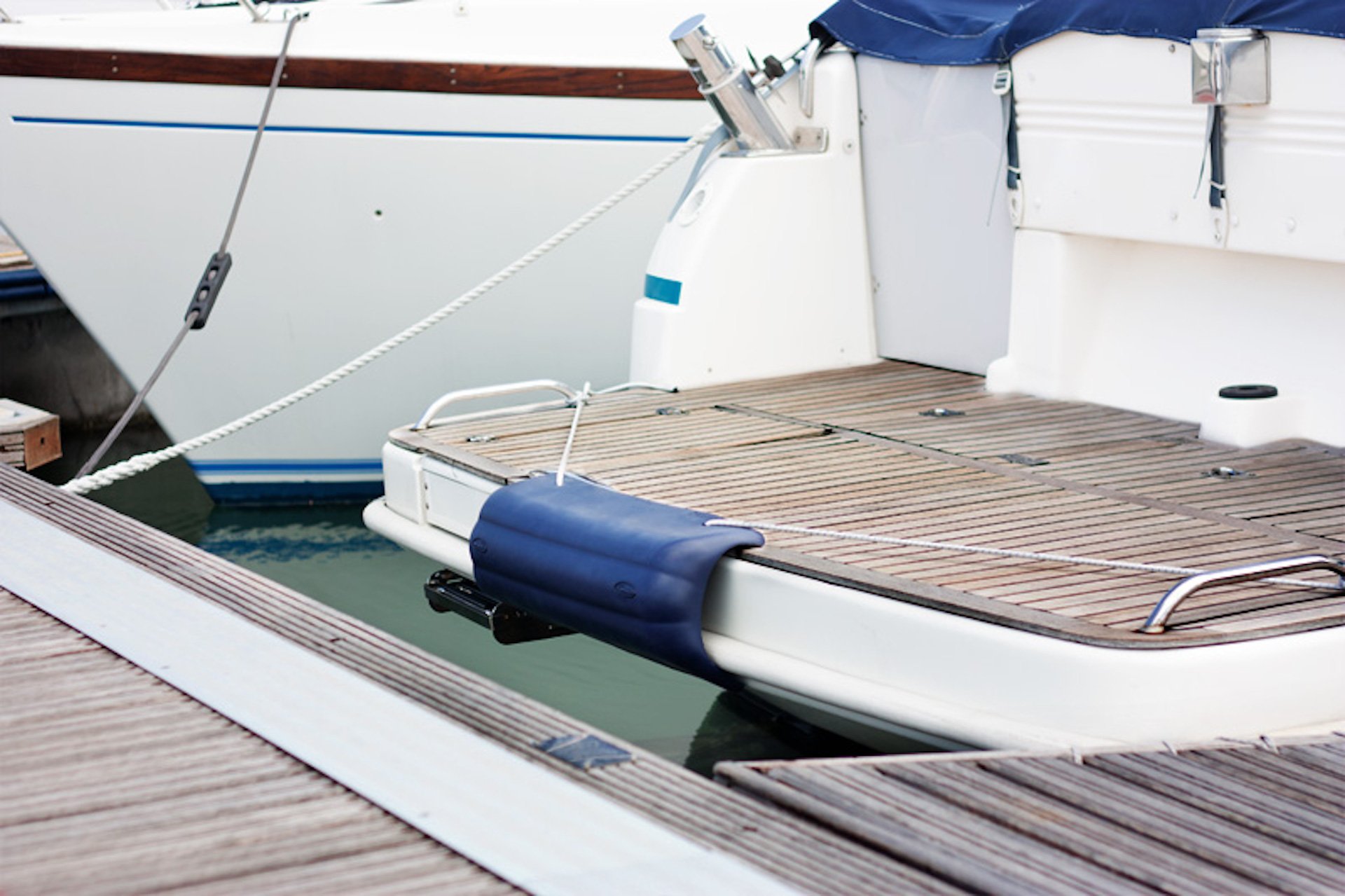
As you all know, amongst the maneuvering of the boat, the mooring is one of the most delicate: this is why the fender assumes the most important role. For this reason we compared the two most popular "families" of fenders and we wanted to offer you an optimal solution that combines thoughness, stability, stowage at the right price: the INMARE boat fenders. With INMARE you can avoid unpleasant path accidents and damage to the hull, and avoid them to your neighbors: your boat will certainly thank you!
